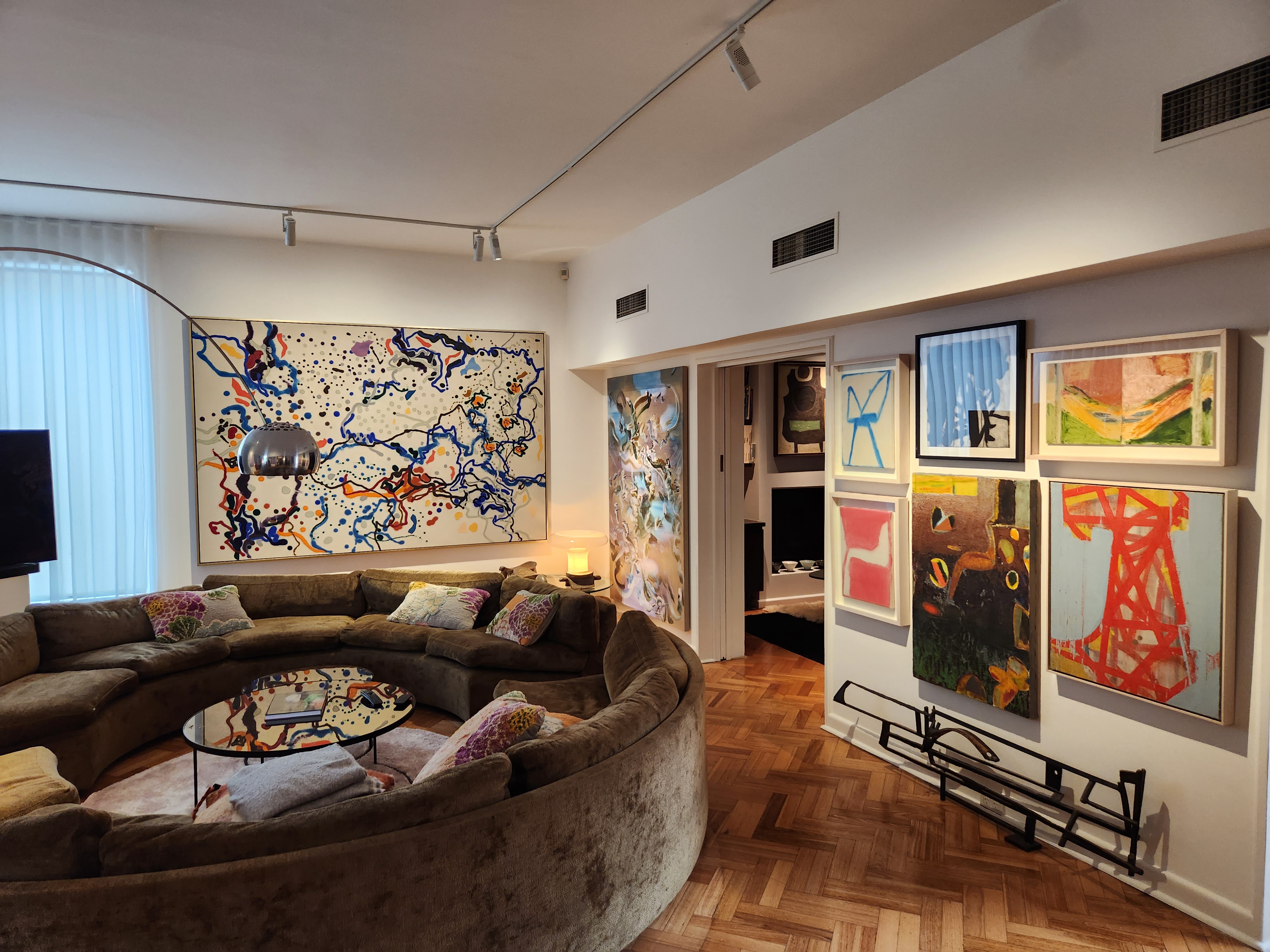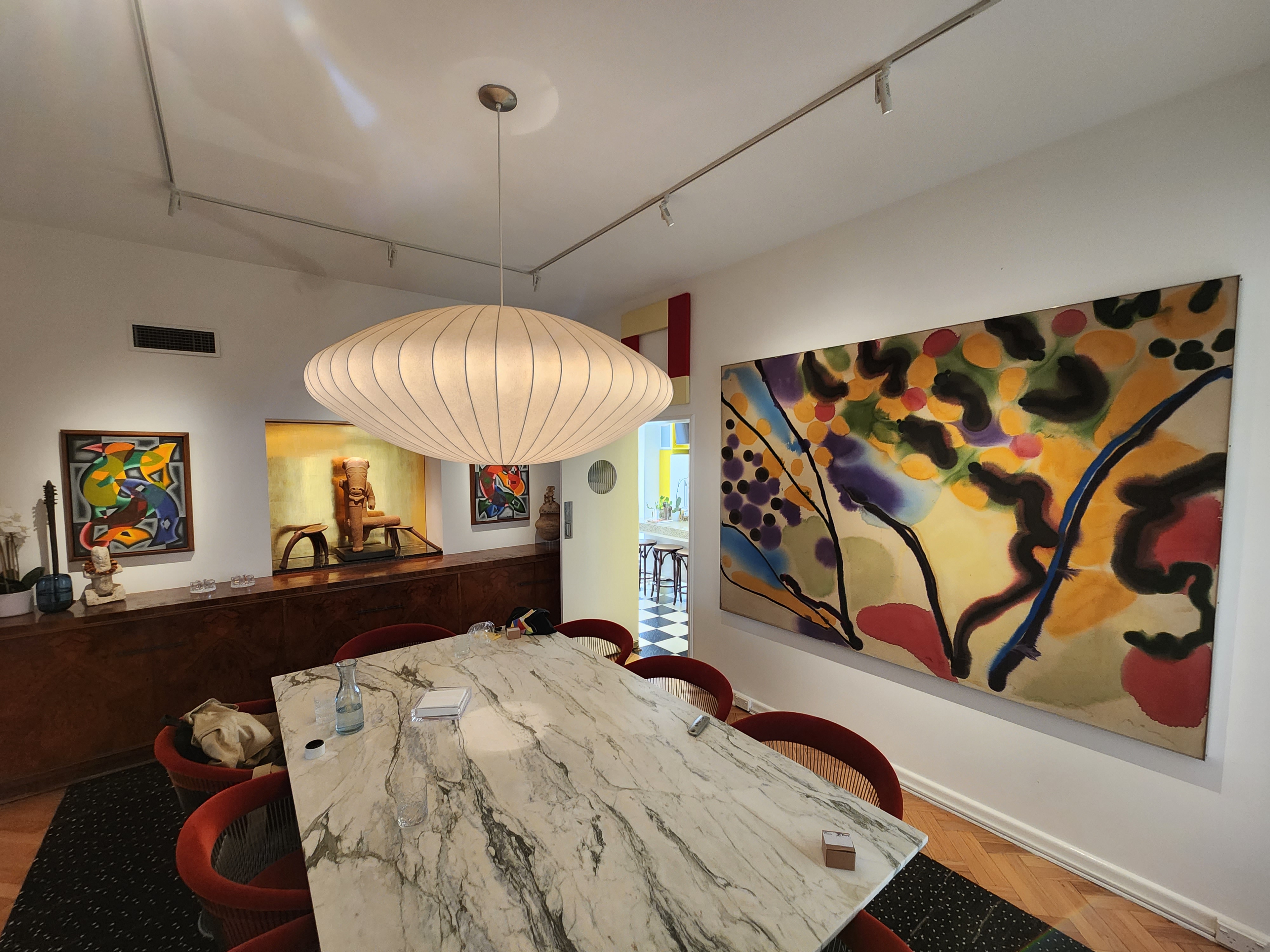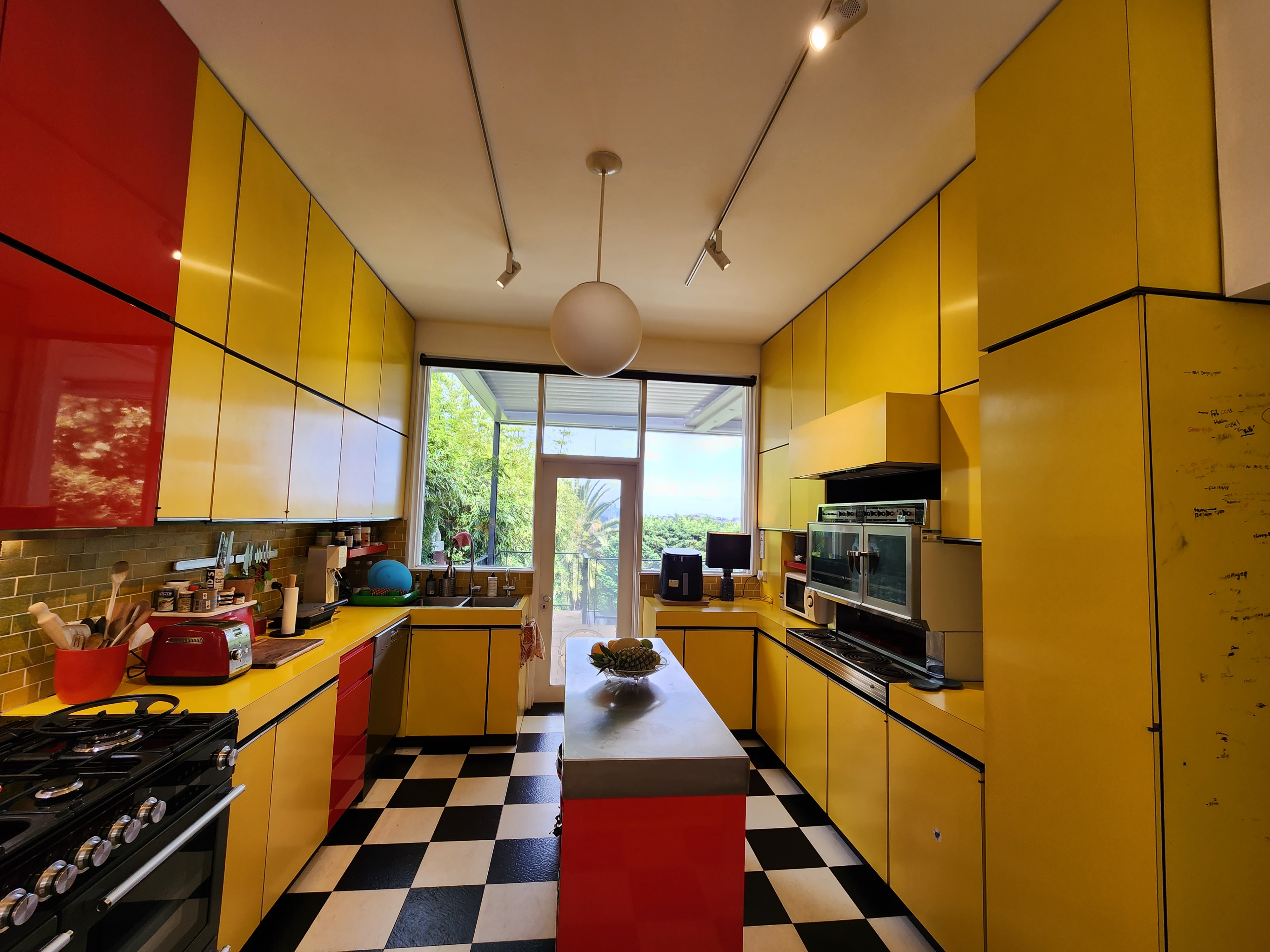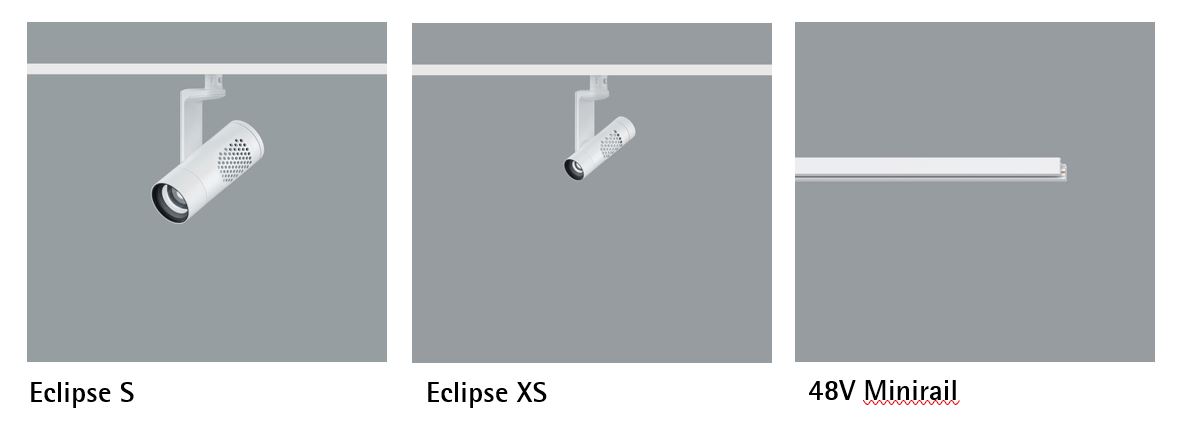ERCO Case Study: 48V Minirail - Track lighting at home
Dover Heights heritage residence
Track lighting systems are widely accepted as the most efficient and cost effective lighting models for flexible commercial and cultural (gallery and museum) interiors today. Regardless of the size of a space, the nature and materials of the structure, and the access to a safe and secure power source, a track system can be designed to deliver exactly the right light where it is required.
Architects and interior designers now are recognising the potential of track lighting in a residential context. The old fashioned grid of downlights is being superseded by its simple, aesthetically pleasing, fine lines.

Sydney art restoration specialist, David Stein, enjoys living amongst some of his favourite works – an eclectic collection of paintings and sculptures that embellish his Dover Heights home. The property was originally constructed in the 1950s, a progressive three-level structure. After a 1970s refurbishment, it even made it to the design pages of Australian Vogue.

Presenting art in a residence, without the space and perspective of a gallery, can be difficult. In Dover Heights, the age of the property led to some particular site challenges; a solid concrete ceiling meant there was no access for additional wiring or to recess luminaires. Track lighting presented the perfect solution: minimal intrusion into the concrete, an uncluttered finish that does not detract from the art, and glare-free spotlighting that can be readily changed when David chooses to switch over what he has on display.

Design alternatives available for the track illustrated here include fully recessed, where the track lies flush with the ceiling (or even wall if required), or suspended, where the same track is hung by fine wire (plus power cables) at the desired height. Suspended track relies on minimal penetration of the ceiling and works well when the ceiling surface is uneven (for example a pressed metal or corrugated finish). By using track with uplighting, it is even possible to complement directed spotlights with discrete ambient light reflected off the ceiling.
For cost or environmentally conscious customers, there is the option of low voltage 48V track rather than traditional 3-circuit track. Both work well in new builds or as a clever complement to heritage designs.
David Stein, Fine Art Restoration
Founded by David Stein in 1991, this studio is the largest private conservation practice specialising in Paintings Conservation in Australia and the Asia Pacific region
Find out more about products used here:

Property owner: David Stein of David Stein Fine Art Restoration
Channel Partner: Jadecross Lighting
Return